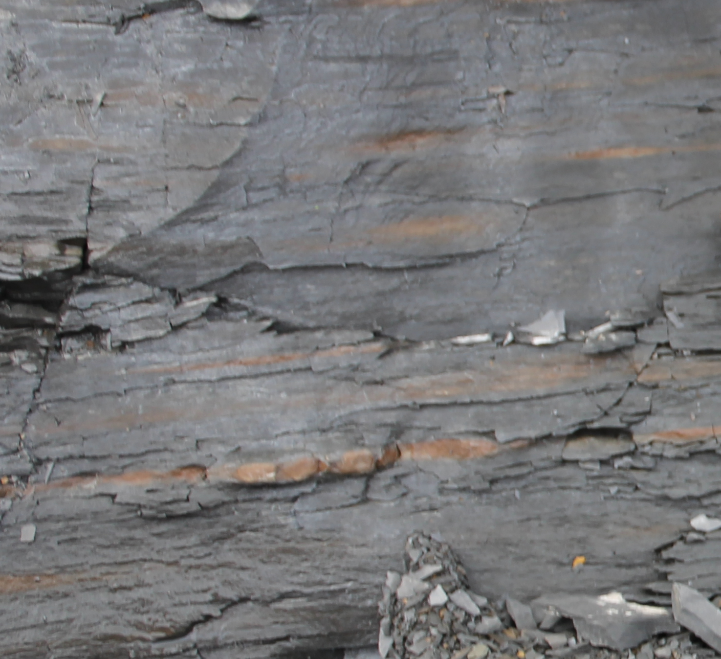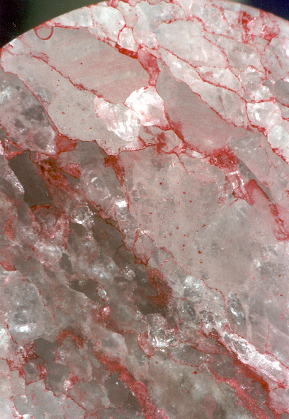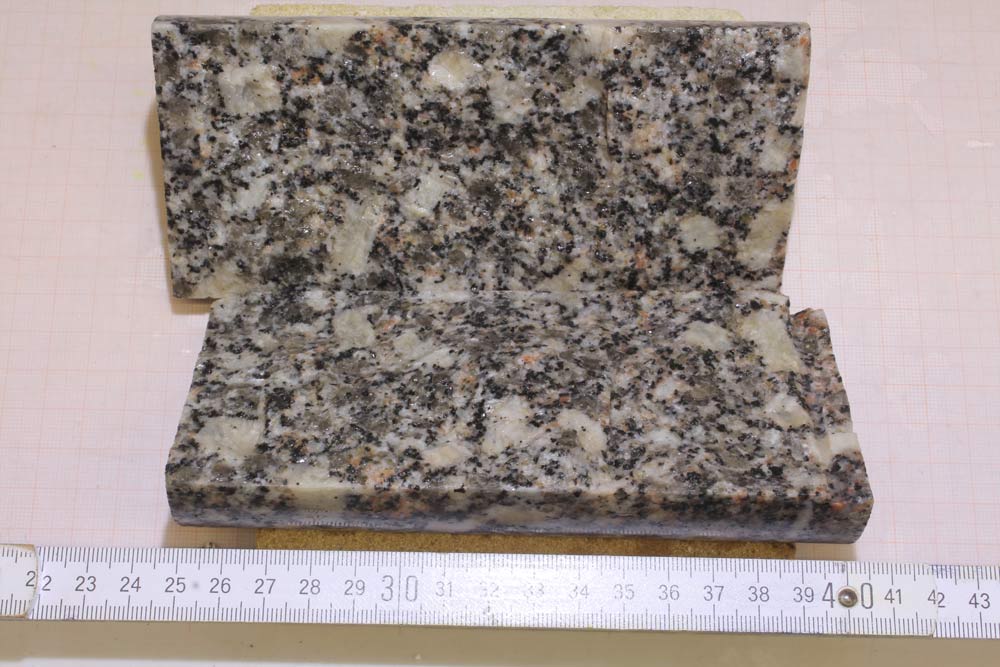Work Packages
Influence of shrinkage and swelling processes on hydraulic pathways in claystone
Frequently, interventions as excavations or drillings in initially water saturated claystone induces a desiccation process, which often comes along with shrinkage, stress redistribution and the formation of discontinuities. Thermal, hydraulic and mechanical properties are significantly affected. This phenomenon is handled as a non-isothermal, hydro-mechanically coupled process, considering multiphaseflow (TH²M). Laboratory experiments with variable pressure, saturation and temperature will be conducted by CAU and IfG. BGR, CAU and UFZ will deal with the numerical modelling task. BGR will test the applicability of the new approaches by comparison with findings of in-situ experiments, done in the framework of the international Mont Terri Project.

Polycrystalline rock salt is, on a micromechanic scale, a discontinuum of interacting salt crystals. The pressure-driven opening of pathways, i.e. the generation of a connected network of paths along the grain boundaries, takes place when the pressure exceeds the percolation threshold. The threshold is determined by the normal stress and cohesion/adhesion on the grain boundaries. Experiments and numerical simulations will be conducted to investigate the coupled thermal, hydraulic, and mechanic processes.

This part of GeomInt focuses on crystalline rock, namely granite and gneiss. For this rock type the fluid flow is dominated by the flow in rock joints/fractures. The flow through the rock matrix is negligible. Changing stress conditions may cause the change of the hydraulic properties of a fracture. These stress changes can have natural (e.g. earthquakes, tectonics) or man-made (e.g. tunneling, hydraulic fracturing) causes. Depending on the application the integrity of the rock mass has to be guaranteed (nuclear waste deposits) or a high permeability is needed (geothermal energy usage). Characterization of stress dependent hydraulic properties of single fractures and/or fracture networks requires measurement data obtained from (harmonic) hydraulic testing together with inverse numerical analysis. The combination of lab tests, field tests and different numerical simulation strategies should help to get an improved understanding of the hydro-mechanical coupling of rock joints in crystalline rock. The lab tests will be conducted by TUBAF and UoS (harmonic testing of single fractures) and the numerical simulations will be done by UFZ, UoS and TUBAF. The field test data are provided by the external BHMZ and STIMTEC projects.

Within the framework of the GeomInt2 project, synthesis activities are to be intensified. In particular modern methods of digitization will be further developed and applied. These include scientific software development, virtualization and supercomputing - which will be applied specifically GeomInt studies in the sense of demonstrating the GeomInt platform are intended.
The procedure will be illustrated by the example of the CD-A-experiment in the Mt. Terri underground laboratory. During the first phase of the project, the constitutive model was developed and implemented. In order to use the models as realistically as possible, they will be virtualized in the underground laboratory (see figure in WP4 News). The model has already been used for the planning the CD-A experiment to determine the optimal spacing of the niches (no significant interaction within 20 years). A further increase in process complexity (nonlinear mechanics in the HM context) requires the unconditional use of HPC methods to simulate a large number of variants. The model results are to be constantly compared with the ongoing experiments and also to be inserted into the existing virtualization context. This is the basic idea of continuous data and model integration.
This work package includes the coordination of the project according to the objectives of the work and time plan. Every year, a project meeting takes place to present and review the state of research in each work package, and to facilitate the direct exchange and direct discussion of project concerns by all partners.
As a main instrument for internal and external scientific communication a project website will be developed, where all scientific partners are working on the content. The regular updating of the homepage allows the consortium, interested users outside the consortium as well as the general public, to follow the project progress. In addition to the public website, there will be an internal section for the exchange of specific information and data between the project partners.
Immediate project results include specific data from laboratory and in-situ experiments, Software components and datasets of numerical simulations (model and result files). Therefore a data management plan will be developed that is the basis for all project partners to exchange their scientific data as well as to provide it for the scientific community and the interested public.
